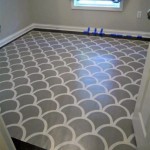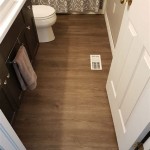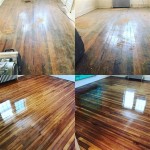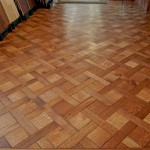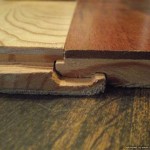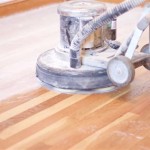Installing your own vinyl plank flooring is an easy, affordable way to update the look of any room in your home. However, if you’re not careful, you can make mistakes that could cost you time and money. To help you avoid these common mistakes, here are seven things to keep in mind when installing your vinyl plank flooring.
1. Not Preparing the Subfloor
Before you begin installing your vinyl plank flooring, you should take the time to prepare the subfloor. This includes cleaning, leveling, and repairing any damage. If the subfloor isn’t properly prepared, your new floor won’t lay flat and may not last as long.
2. Not Account for Expansion and Contraction
When installing any type of flooring, you should always account for expansion and contraction. Vinyl plank flooring is no different. Make sure you leave a gap of at least 1/8 inch between the walls and the flooring to allow for expansion and contraction. This will help prevent the planks from buckling or warping over time.
3. Not Priming the Subfloor
Before you install your new vinyl plank flooring, you should always prime the subfloor. Priming the subfloor helps to ensure that the adhesive bonds properly and helps the planks stay in place. Make sure to use a high-quality primer that is compatible with the adhesive you’re using.
4. Not Checking for Moisture
Before you begin installing your vinyl plank flooring, you should always check the subfloor for moisture. Moisture can cause the planks to warp or buckle. If you find any moisture, make sure to repair the issue before proceeding with the installation.
5. Not Using the Right Adhesive
It’s important to use the right type of adhesive when installing your vinyl plank flooring. Make sure to use an adhesive that is specifically designed for vinyl plank flooring. Using the wrong type of adhesive can cause the planks to come loose over time.
6. Not Taking Proper Measurements
Before you begin cutting and installing your vinyl planks, make sure to take accurate measurements. This will ensure that you have the right amount of planks for the space and that you don’t waste any material. It’s also important to double-check your measurements before you start cutting.
7. Not Cleaning Up After Installation
After you’ve finished installing your vinyl plank flooring, make sure to clean up any mess you may have made. This includes cleaning up any excess adhesive, sweeping up any dust or dirt, and vacuuming the floor. This will help ensure that your floor looks its best and lasts for years to come.






:max_bytes(150000):strip_icc()/easy-install-plank-vinyl-flooring-1822808-09-a1f83db7bdf74f279f45594b897de82d.jpg)








Related Posts


